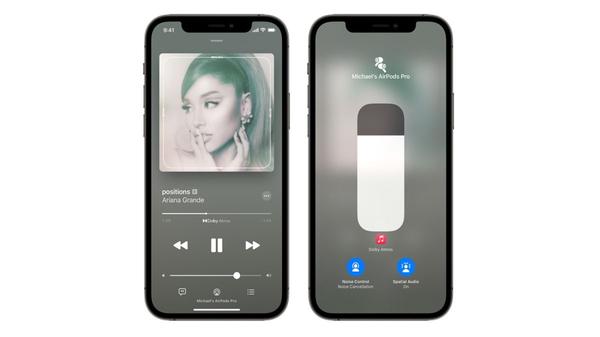
How to enable, find, and play Spatial Audio on Apple Music Guides
Spatial Audio has officially launched on Apple Music, powered by Dolby Atmos for those running iOS/tvOS 14.6 and macOS 11.4 or later. Let’s look at how to find and play Spatial Audio, as well as how to enable the feature to work with other headphones besides AirPods and Beats.
Spatial Audio on Apple Music offers a really rich, immersive experience when listening with iPhone, iPad, Mac, and Apple TV 4K with HomePod or other Dolby Atmos supported speakers. Here’s how Apple describes the feature: “Get a multidimensional experience that goes beyond just listening to music and makes you feel like you’re inside of it.”
The great part is, it’s available to all Apple Music subscribers at no extra cost. We’ll focus on Dolby Atmos Spatial Audio for this tutorial, but you can also enable Lossless hi-res music on Apple Music with iOS 14.6 and later. On iPhone/iPad head to Settings > Music > Audio Quality > Lossless Audio. And here are more details on how Lossless works with Apple Music.
How to enable Spatial Audio on Apple Music
The default is automatic detection for Dolby Atmos Spatial Audio in iOS 14.6 and later. That works when using AirPods, AirPods Pro/Max, recent Beats headphones, and the built-in speakers on recent iPhone XR and later and recent iPad models.

However, Apple says you can also use Spatial Audio with any headphones that support Dolby Atmos with the “Always On” setting.
How to find and play Dolby Atmos Spatial Audio
And here’s how the dedicated Search category looks for Spatial Audio (you can also search for “Spatial Audio” to find lots of content):
One more thing to know, if you’ve downloaded albums to your device, you’ll need to delete them and re-download them to enable Dolby Atmos Spatial Audio.
Also make sure the toggle Download in Dolby Atmos is turned on. Notably this is a separate toggle below the first “Dolby Atmos” section shown above.
For more details, Apple answers a variety of frequently asked questions in a Spatial Audio support document here. Have you tested out the new immersive format? Share your thoughts in the comments below!
FTC: We use income earning auto affiliate links. More.
Check out 9to5Mac on YouTube for more Apple news:
}})